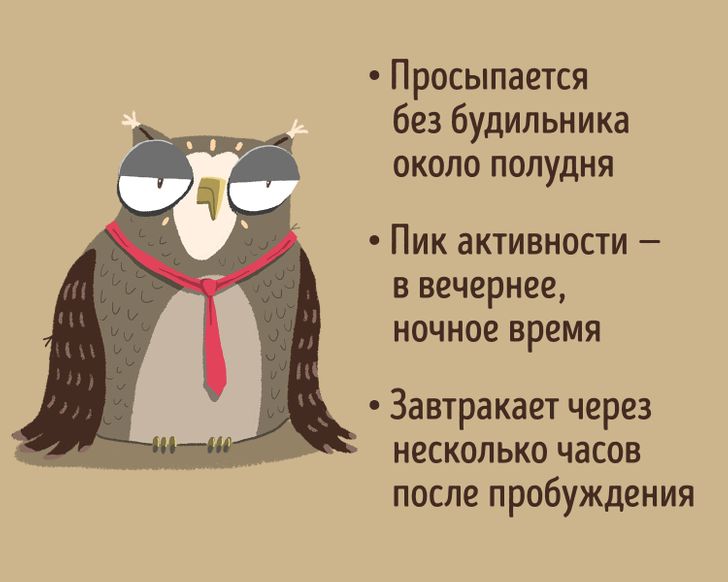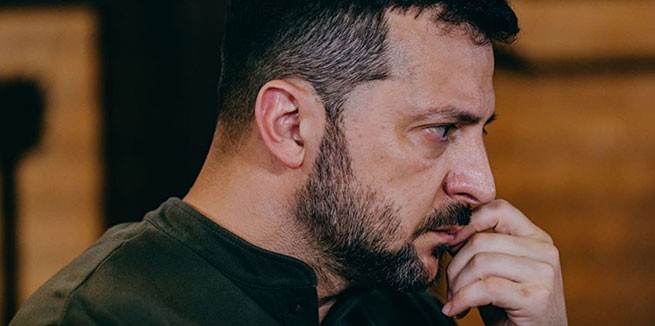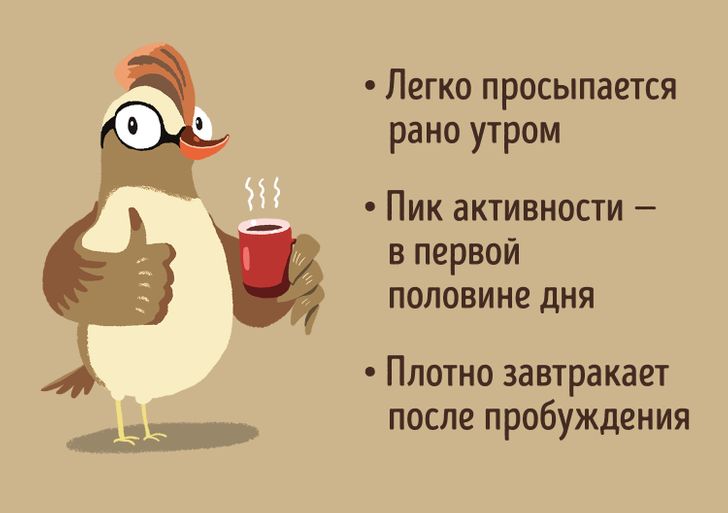The 37-year study found that it’s not the “biological clock” that is associated with early death in… “owls”, but the bad habits they tend to have compared to “larks”, such as smoking and drinking alcohol.
“Hanging out late,” a core characteristic of the “night owl” type of personality, is ultimately not the “culprit” of the higher rate of premature death recorded in people with this particular…night schedule, compared to those who “get up early” . This is shown by a new study published in the scientific journal Chronobiology International, which is based on an analysis of data from almost 23,000 twins in Finland.
“The results of the 37-year study show that there is little or no effect of chronotype on mortality,” said Dr. Christer Hamblin of the Finnish Institute of Occupational Health in Helsinki, one of the authors of the new study. “In addition, the increased risk of mortality is largely associated with the use of tobacco and alcohol, which these people tend to use, compared with the “morning” type,” the expert added.
Individual features of the daily rhythms of the human body are called chronotypes. In addition to the period of sleep and wakefulness, chronotypes determine periods of activity and hormonal surges. Chronotypes depend on genes and can shift with age.

There is increasing evidence that the duration and quality of sleep, as well as shift work, affect health. Previous studies have shown that night owls have an increased risk of disease, mainly due to heart problems. Characteristically, data published in 2018 and taken from the British Biobank showed that evening types have an increased risk of morbidity, including heart disease.
It was this previous British study that inspired the Finnish researchers to conduct their own, because they wanted to analyze parameters that had not been analyzed before, such as smoking and alcohol consumption. So scientists followed from 1981 to 2018 22,976 men and women – all of them were twins – aged an average of 24 years at the beginning of the study. At the start of the experiment, the twins were asked to choose one of the following responses:
- “I’m definitely a lark”
- “I’m most likely a lark”
- “I’m most likely an owl”
- “I’m definitely an owl.”
The study was revisited in 2018 to see if any of the participants had died, based on official records in the national registry. In their analysis of the data, the researchers also controlled for factors such as education level, daily alcohol consumption, smoking, body mass index, and sleep duration.
Based on the data obtained, 7591 of the twins declared themselves “most likely owls”, and 2262 people – “definitely owls”. The numbers for “most likely a lark” and “definitely a lark” were 6354 and 6769, respectively.
Short sleep duration, smoking and alcohol
As it turned out, in comparison with the “larks”, the “owls” were younger, while they smoked and drank more. night owls also were less likely to report 8 hours of restful sleep each night, as recommended by experts and organizations.
9% higher risk of death from various causes
Of all the participants in the study, as of 2018, 8,728 people died. The likelihood of death from any cause was 9% higher among “clearly owls” compared to “clearly larks”.
However, data analysis showed that the main “culprits” of deaths were lack of sleep, smoking and alcohol, not the chronotype of the participants. This conclusion appears to be supported by the fact that non-smokers do not have an increased risk of death.
With alcohol use, the risk of death has been associated with both alcohol-related illness and alcohol poisoning.







More Stories
What to do if attacked by a dog (video)
Greece – a paradise for gourmets
Message from AEK and PAOK fans in defense of Esphigmenou Monastery